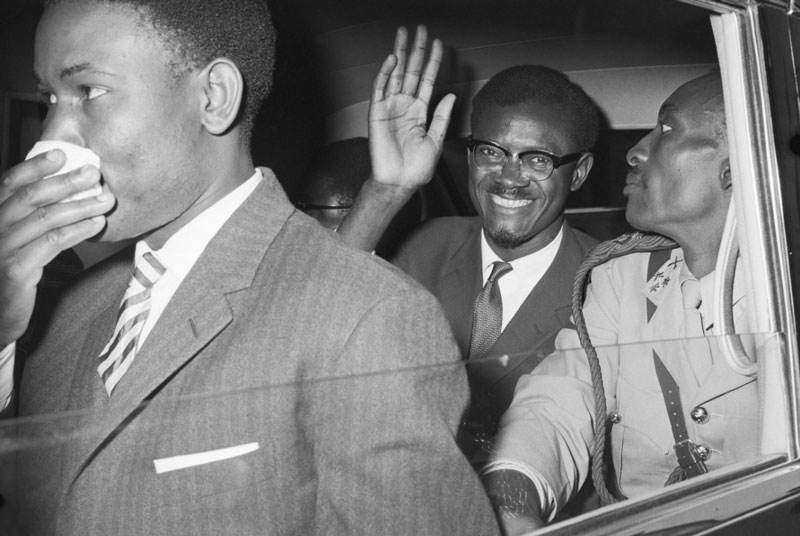Phindile Xaba
K Pillay, the son of a printing press owner, became a key publisher and media proprietor in the 50s when he launched The Graphic, an entertainment magazine that also shaped political opinions.
Two years after DF Malan and the Nationalists swept to power on an apartheid ticket, media proprietor Kunnabiran Muthukrishna Pillay launched an entertainment magazine in Durban.
The Graphic started in 1950, carrying a wide scope of entertainment content that at times even dabbled in politics and thus shaped the public discourse in the Indian community and beyond.
K Pillay, as he was widely known, was the son of businessman Muthukrishna Pillay one of the first Indians to establish a printing press, which was called the Mercantile Printing Press.
A profile of K Pillay appears in Many Lives – 150 years of being Indian in South Africa, a book published to mark 150 years since the first arrivals of Indians in South Africa in 1860. The book was edited by Goolam Vahed, Ashwin Desai, and Thembisa Waetjen.
K Pillay took on his father’s proprietory astuteness. He brought P T Poovalingham and T Chetty on board to spearhead editorial and they turned The Graphic into a force to be reckoned with.
The publication was warmly received and in 1952 it changed from a monthly magazine to a weekly tabloid that would pose serious competition to The Leader, by then a well-established newspaper. The Leader had been in existence since 1941 and had been founded and published in English by the well-known Dhanee Bramdaw, in Pietermaritzburg.
Taking on The Leader
The two publications appeared to be at loggerheads when they carried divergent editorials on the question of the SABC’s presentation of Indian content.
According to Melveen Beth Jackson’s dissertation for her doctoral studies in Philosophy – Musicology, The Leader’s editorial had stated that there is little “original talent” in the ”Indian community” and that “there are no [Indian South African musicians of note in South Africa” [The Leader editorial of 1959 (10 July:8)].
On the contrary an editorial featured by The Graphic, which was said to have had strong links with the Liberal Party, had taken a different stance, and had challenged the Indian Only radio programmes. The editorial read:
Jackson points out that The Graphic demonstrated that ‘generally the SABC deliberately under-promoted Indian South African musicians. The SABC neither developed the South Asian heritage of Indian South Africans, nor did it foster the new multi-faceted Indian South African Western culture. The SABC was a snake with a doubly and paradoxically forked tongue: it claimed, in this instance, to distance itself from separatism in not promoting a South Asian Indian broadcast theme fully, while all the time exploiting it by forcing all Indian South African cultural production, neglected and underfunded as it was, into an Indianised mode of expression.’
Partnership made in heaven
Pillay met and married his equal in Dr K Thirupurasundari, a gynaecologist and obstetrician from South India. Until then he had been a confirmed bachelor. They became partners in building The Graphic. She brought with her, her experience as a prolific author with 26 novels and around 300 short stories to her name. All of which came in handy, as she offered her knowledge and expertise in creating an India-friendly series for an image-building campaign to boost the sales of The Graphic. An authority on the South Indian Film Industry, she added depth to the content of the publication, contributing captivating reads. Her several accolades included Madras State Literary Awards. She also had her own programme on All-India Radio.
In an email dated 25 June 2010 which she contributed to the writers of Many Lives – 150 years of being Indian in South Africa, Rajendra Chetty, one of her colleagues in the media said they had come up with concepts such as ‘Visiting Homes’ series, that added greatly to the paper’s circulation’.
The publication would exist until 1969 and Pillay would go on to become one of the founding members, along with his friends, of the Natal Indian Blind Society.










